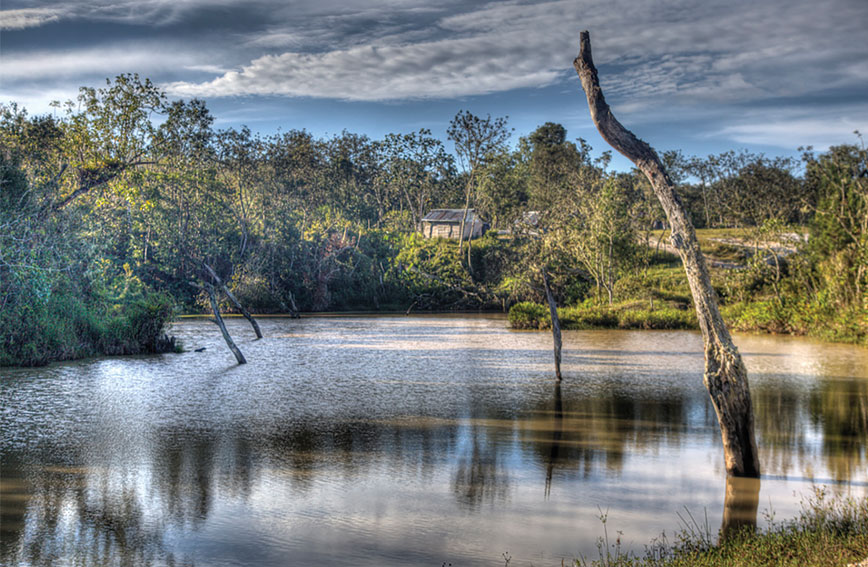About CEPF
The Critical Ecosystem Partnership Fund (CEPF) provides grants to nongovernmental and private sector organizations so they can conserve some of the most biologically diverse yet threatened ecosystems—the world’s biodiversity hotspots. The investments are even more meaningful because these regions are home to millions of people who are impoverished and highly dependent on natural resources.
The fund is a joint program of l’Agence Française de Développement, Conservation International, the European Union, the Global Environment Facility, the Government of Japan, the MacArthur Foundation and the World Bank. Enabling civil society groups to have stronger voices and exert greater influence in the world around them is the hallmark of our approach.
Our grantee partners range from small farming cooperatives and community associations to private sector partners and national and international nongovernmental organizations (NGOs).

Hotspot Strategies Implemented
Grantees Supported
Grants Committed
Amount Leveraged by Those Grants
Protected Areas Created (hectares)

Our Grants
- Target biodiversity hotspots in developing and transitional countries.
- Are guided by regional investment strategies—ecosystem profiles—developed with local stakeholders.
- Go directly to civil society groups to build this vital constituency for conservation alongside governmental partners. Grants are awarded on a competitive basis to implement the conservation strategy developed in each ecosystem profile.
- Help governments meet targets related to the U.N.’s Convention on Biological Diversity, Framework Convention on Climate Change, and Sustainable Development Goals.
- Create working alliances among diverse groups, combining unique capacities and eliminating duplication of efforts.
- Achieve results through an ever-expanding network of partners working together toward shared goals.

